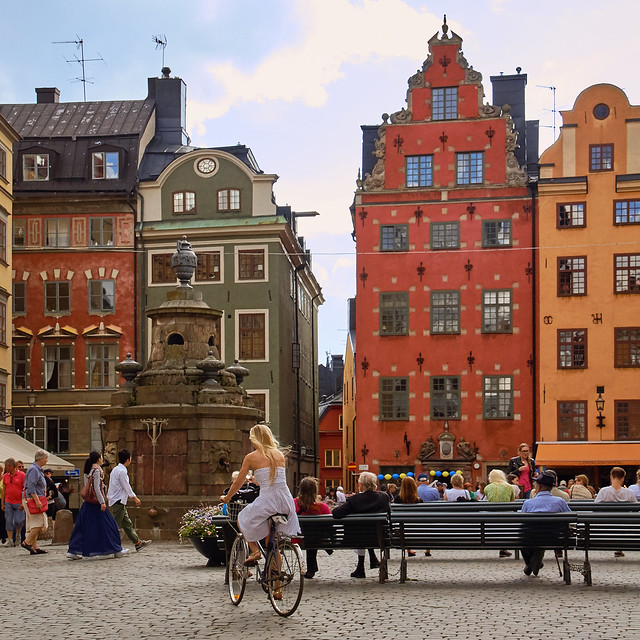The lack of mobility choices in many Swedish neighbourhoods and cities designed
for automobiles hinders the possibilities to shift towards more sustainable travel alternatives.
Urban designers and planners can help with redesigning these neighbourhoods and creating urban
forms that encourage walking, cycling and increased use of public transportation if they are informed
about the environmental performance and carbon implications of transportation systems in existing
and newly planned neighbourhoods. This paper proposes a mobility choices model based on urban
form and accessibility factors commonly used in urban planning and design practices. The mobility
choices model produces heat maps and visually informs about the integration with walking, cycling,
public transportation and private car, modal shares, carbon emissions and transportation energy use.
This information can (potentially) trigger urban transformation or redesign to better integrate
sustainable travel alternatives in these neighbourhoods and contribute to more sustainable cities.
Many houses can have an excellent environmental performance as buildings but they can be located
at a distance where it is impossible to walk, cycle or use public transportation. The benefits of
energy efficient and carbon neutral home then disappears with extensive travel and commuting
by automobile.

More papers about urban travel behavior:
No comments:
Post a Comment